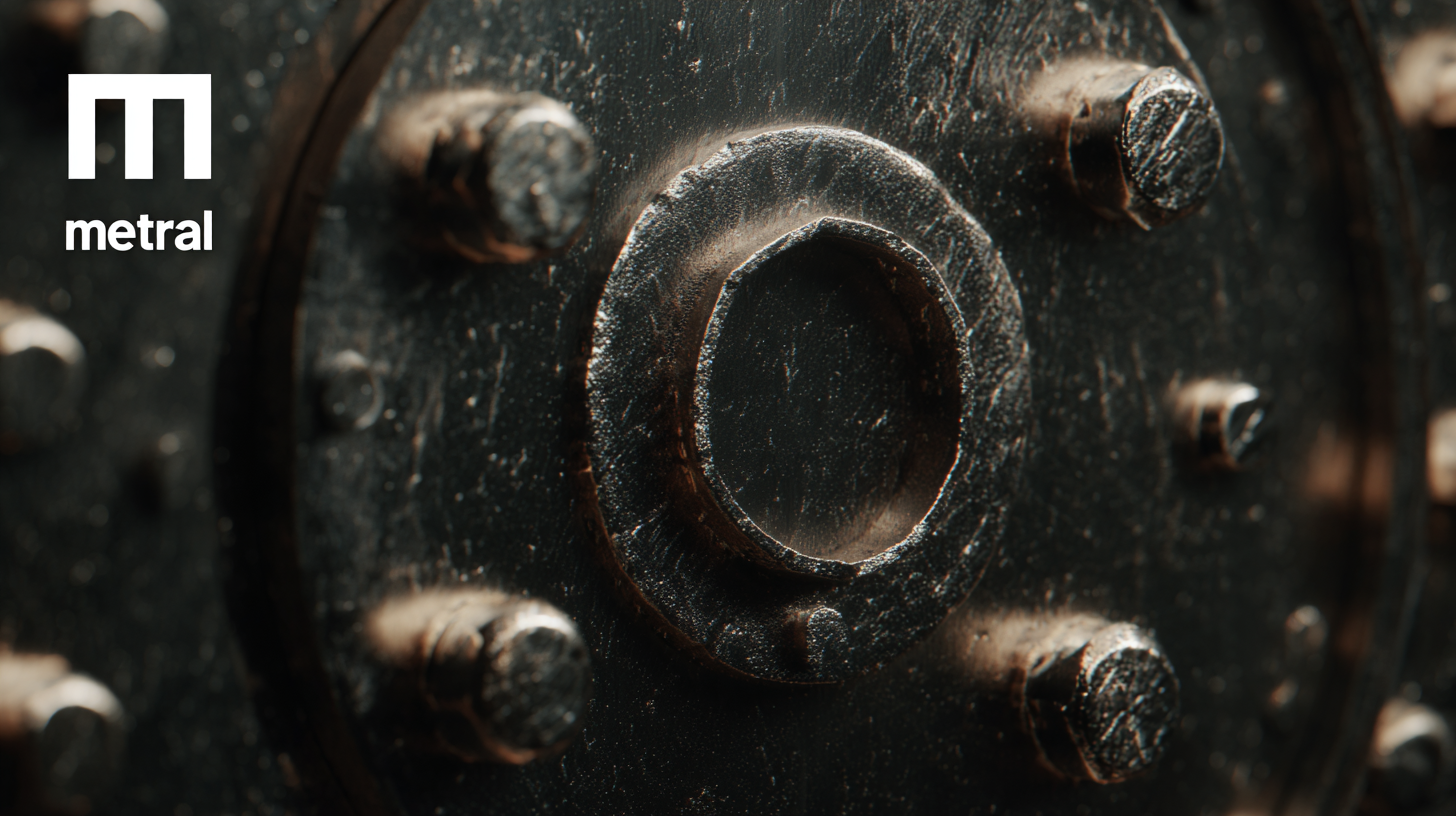Maximizing Value with Best Metal Plasma Cutter After Sales Support and Maintenance Cost Insights
In today’s competitive manufacturing landscape, investing in a high-quality Metal Plasma Cutter is only the beginning of ensuring operational efficiency and cost-effectiveness. While the initial purchase price often dominates the decision-making process, the true value of a plasma cutter is largely determined by its after-sales support and maintenance costs. As businesses seek to optimize production, understanding the total cost of ownership, including maintenance and support services, becomes essential. This blog will explore top strategies for maximizing value from your Metal Plasma Cutter, highlighting key considerations for after-sales service, maintenance practices, and ways to minimize long-term expenses. By focusing on these strategies, manufacturers can ensure they are not only equipped with cutting-edge technology but also supported by robust services that enhance productivity and drive down operational costs.

Understanding the Importance of After Sales Support for Metal Plasma Cutters
When investing in metal plasma cutters, understanding the importance of after-sales support is crucial for long-term success. After-sales support encompasses everything from maintenance guidance to technical assistance, ensuring that operators can maximize the efficiency and performance of their equipment. This ongoing relationship not only helps in troubleshooting and repairs but also in optimizing the usage of the machine, ultimately leading to enhanced productivity and reduced operational costs.
Additionally, businesses operating in sectors such as manufacturing and defense significantly benefit from comprehensive after-sales support, especially when integrating cutting-edge machinery into their workflow. For instance, recent developments in steel processing have transformed the ability to support infrastructure projects, such as shipbuilding. As industries evolve, having reliable after-sales support ensures that companies can adapt their metal plasma cutting operations to meet new requirements efficiently, minimizing downtime and maximizing value. Investing in equipment with robust after-sales service can lead to a sustainable competitive advantage in today's fast-paced market.
Evaluating Maintenance Cost Insights for Optimal Manufacturing Efficiency
In today's manufacturing landscape, the emphasis on optimal manufacturing efficiency is more critical than ever. As organizations transition to Industry 4.0, leveraging advanced technologies like AI for data analysis is becoming essential for maintaining competitive edge. According to recent insights, implementing AI can lead to an average reduction of 20-30% in maintenance costs while significantly enhancing overall productivity. For instance, predictive maintenance powered by AI algorithms allows manufacturers to anticipate equipment failures before they occur, ensuring smoother operations and minimizing downtime.
Moreover, the integration of AI technologies is transforming not only maintenance strategies but also the entire lifecycle of manufacturing processes. A comprehensive report indicates that manufacturers employing AI-driven analytics have observed up to a 15% increase in yield rates. This enhanced efficiency directly correlates to reduced operational costs, ultimately maximizing the value derived from investments in equipment such as metal plasma cutters. By focusing on sustainability and efficiency through innovative maintenance approaches, manufacturers can strategically position themselves as leaders within their industries.
Comparative Analysis of Leading Global Manufacturers in Plasma Cutting Technology
The global plasma cutting machine market is experiencing notable growth, projected to rise from $646.2 million in 2023 to $841.4 million by 2030, achieving a compound annual growth rate (CAGR) of 3.8%. This expansion is indicative of the increasing demand for efficient cutting technologies across various industries. A key aspect that manufacturers must focus on is the after-sales support and maintenance costs, which can significantly impact the overall value proposition of their products. By offering robust customer support and transparent maintenance strategies, manufacturers can enhance customer satisfaction and loyalty, thereby securing a competitive edge in the market.
In addition to plasma cutting technologies, the digital cutting machine market is set to witness rapid growth, with projections indicating an increase from $2.5 billion in 2024 to $4.5 billion by 2033, reflecting a CAGR of 7.5%. The rising adoption of automation and digital solutions in manufacturing processes highlights the need for innovative cutting systems that offer not only precision but also operational efficiency. This comparative analysis of leading global manufacturers in plasma cutting technology underscores the importance of both product quality and comprehensive support services in maximizing value for customers, ultimately driving sustainable industry growth.
Strategies for Enhancing Customer Satisfaction through Effective Support Services
When investing in a metal plasma cutter, understanding the importance of after-sales support cannot be understated. Effective support services play a crucial role in maximizing customer satisfaction and ensuring a seamless experience with the equipment. By providing timely assistance and maintenance insights, companies can build long-lasting relationships with their customers.

Tip: Regular Maintenance Checks
One of the key strategies to enhance customer satisfaction is to encourage users to schedule regular maintenance checks. Implementing a proactive maintenance plan not only extends the life of the plasma cutter but also minimizes unexpected downtimes. This approach demonstrates a company’s commitment to its customers’ success and convenience.
Tip: Accessible Support Channels
Another essential strategy is to establish multiple support channels, such as live chat, email, and phone support. Customers appreciate having various ways to seek assistance. The quicker and more accessible the support is, the higher the customer satisfaction will be. Offering comprehensive resources, such as FAQs and instructional videos, can also empower customers to troubleshoot minor issues independently.
Ultimately, prioritizing effective support services establishes a foundation for a loyal customer base, ensuring that users feel valued and equipped to optimize their plasma cutting experience.
Future Trends in Metal Plasma Cutting and Impact on Maintenance Costs
As metal plasma cutting technology evolves, its integration with Industry 4.0 principles is shaping future maintenance costs and processes. Companies are beginning to adopt more automated systems that leverage data analytics for predictive maintenance, reducing downtime and extending machine lifespan. This shift not only enhances operational efficiency but also allows for a more strategic approach to maintenance budgeting, providing insights into future cost trends.

Tips:
Invest in training your maintenance team to utilize advanced monitoring tools effectively.
Embrace a proactive maintenance strategy by analyzing data trends and anticipating equipment
needs. Additionally, consider partnerships with technology providers to stay ahead of market
shifts and leverage innovations in plasma cutting technology.
Moreover, sustainability trends in manufacturing are influencing how companies approach metal plasma cutting. The push for greener practices compels manufacturers to rethink their production methods, which can ultimately streamline maintenance processes and reduce costs. By embracing eco-friendly technologies and practices, businesses are not only enhancing their reputation but also potentially lowering the total cost of ownership of their equipment.
Tips:
Evaluate your current systems for sustainability opportunities. Explore investment in
energy-efficient plasma cutters to decrease energy consumption. Stay informed about advancements
in technology that align with environmental goals, as these can lead to significant long-term
savings.
 English
English  Français
Français 